How a botched lobotomy on a member of the Kennedy family may have led to the creation of the Special Olympics
James Pasley

- The Special Olympics was launched in 1968. The first event had 1,000 participants from 23 different states and Canada.
- Eunice Shriver, the sister of John F. Kennedy, was one of the key forces to make it a worldwide phenomenon.
After the first-ever Special Olympics, Chicago Mayor Richard J. Daley said to Eunice Shriver, "Eunice, the world will never be the same after this."
That was what she had hoped for. Shriver (née Kennedy) had been pushing for acceptance and better treatment for the disabled for over a decade. She was one of the key parties behind the Special Olympics and would carry on campaigning for decades to come.
Shriver had also volunteered to host a summer camp in her home for local disabled children. In an era where some families kept their disabled relatives hidden away, Shriver saw how physical activity and being out in the open could help.
In 1941, Joseph P. Kennedy, the ambitious patriarch of the Kennedy family, made the decision that his 23-year-old daughter Rosemary would have a lobotomy.
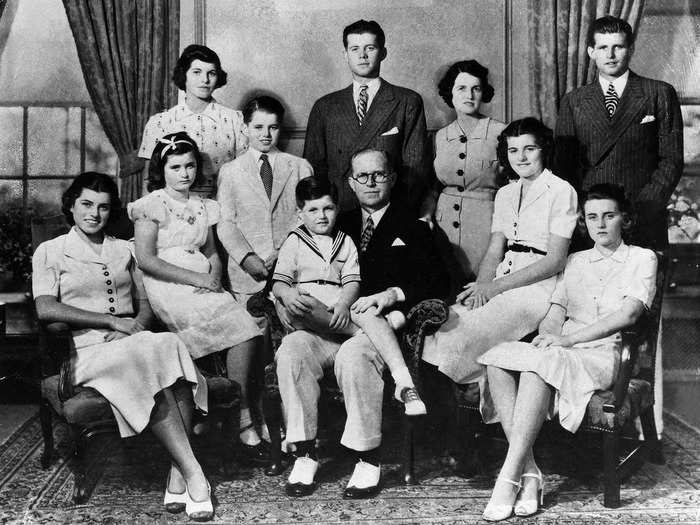
The prefrontal lobotomy, which involved two holes being cut into her head as she lay awake on an operating table, left Rosemary permanently brain damaged. Her mental capacity regressed to that of a 2 year old.
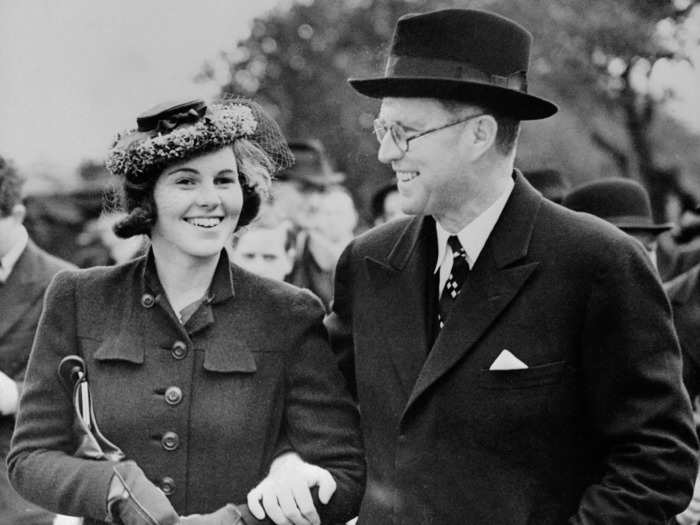
It was an era when intellectual disabilities were often seen as shameful and families would sometimes even hide their disabled relatives away.
At one point, Shriver said Rosemary's condition was comparable to syphilis: "No one mentioned it in polite company."
Joseph Sr. was conscious of how mental disability would reflect on the rest of the family, especially since he had huge ambitions for his children. Soon after, Rosemary was institutionalized and was barely acknowledged by her family for almost 20 years.
Sources: Guardian, HuffPost, Insider, LARB, Smithsonian Magazine, History
Shriver had always looked out for Rosemary.
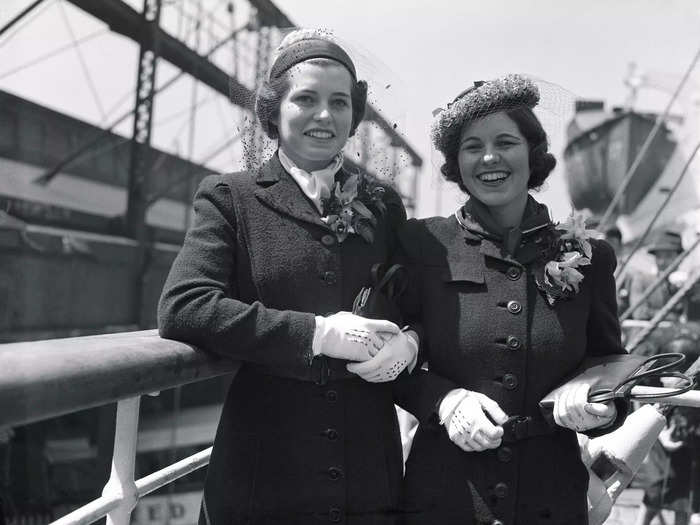
"It always seemed that Eunice reached out to make sure that Rosemary was included in all activities — whether it was dodgeball or duck-duck-goose," Ted Kennedy told the Los Angeles Times in 1987.
"Eunice was the one who ensured that Rosemary would have her fair share of successes," he added.
Source: Los Angeles Times
In 1957, Shriver took over running the Joseph P. Kennedy Jr. Foundation, which had been set up after her brother was killed in World War II.
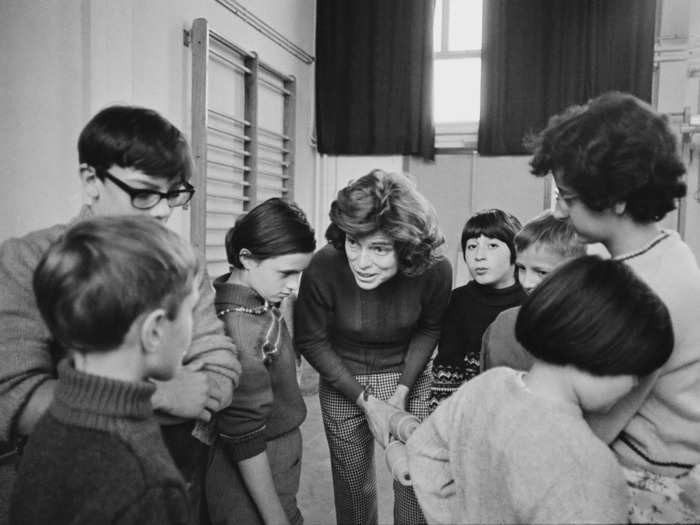
Originally established for general charitable work, she narrowed its focus to intellectual disabilities.
Her biographer Eileen McNamara who wrote "Eunice: The Kennedy Who Changed the World," told PBS she essentially "hijacked" the foundation to focus it on helping these children.
Sources: New York Times, Special Olympics, PBS, HuffPost
In 1962, a local mother reached out to Shriver about her intellectually disabled child to ask for advice because no summer camp would take her child.
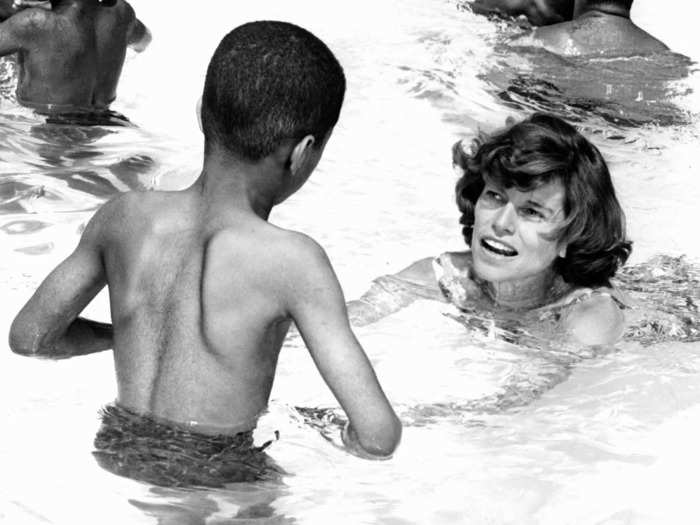
Shriver told her the child could come to her house. She would run a camp out of her home called Timberlawn in Maryland. The first camp, called "Camp Shriver," had 34 children and 26 students monitoring them.
In the late 1950s, early research had found a link between intellectually disabled children doing better in the classroom if they exercised. Shriver watched the children, swam with some of them, and said she saw this firsthand.
"I suppose the fact that I had seen my sister swim like a deer — in swimming races — and do very, very well just always made me think that [people with disabilities] could do everything," she once said.
Shriver's husband, Sargent, later told the Los Angeles Times part of the importance of these early camps had been for Shriver to see what the kids could do.
"So she tried everything. She had 'em on horseback, swimming, on a trampoline, shooting bows and arrows, climbing trees, building tree houses, playing tennis," he said.
"It wasn't that she was sitting up there with a magic wand waving to everybody, 'Now do this! Now do that!' She was out there," he continued.
Sources: NPR, Special Olympics, History, Los Angeles Times
Later that year, Shriver wrote about her sister Rosemary in the Saturday Evening Post in an article titled, "Hope for the Retarded." It was the first time Rosemary's condition was ever publicly acknowledged.
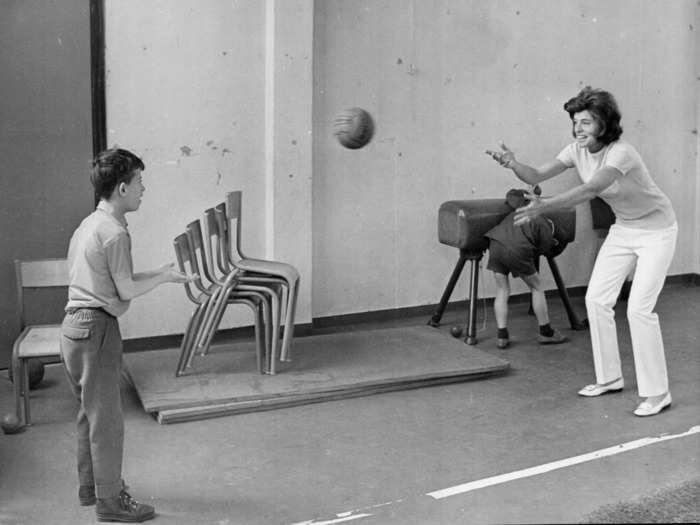
"It fills me with sadness to think this change might not have been necessary if we knew then what we know today," she wrote, referring to her sister being institutionalized.
In the article, she didn't mention the lobotomy. Even so, her article was a big deal. It helped begin to ease some of the social stigma around disabilities.
Sources: New York Times, Special Olympics, Los Angeles Times, PBS
Shriver hosted her camp again in the following summers. As it grew more popular, she looked to increase its scope.
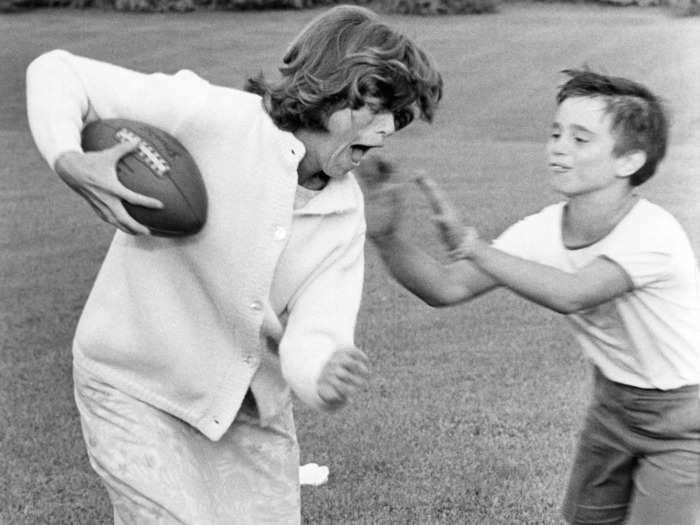
In 1965, she made a speech in Dallas saying it was time for "a national tournament of athletic contests among teams of mentally retarded children."
Sources: Chicago Magazine, LARB
Three years later, she met with a young teacher named Anne McGlone (later Anne Burke, a state Supreme Court justice), who asked for funding to host a Chicago-wide sports event for handicapped children.
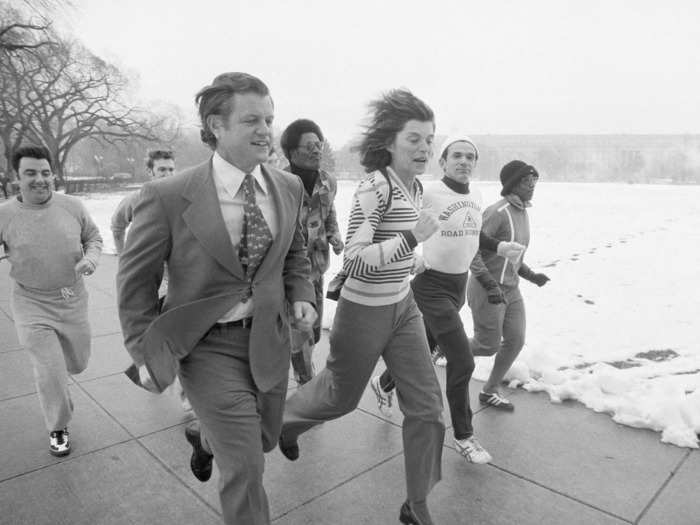
Previously, McGlone had requested funds from a local charity.
One of the charity's representatives had told her she "should be ashamed of yourself for putting these kinds of kids on display."
In contrast, the Kennedy Foundation provided $25,000 and McGlone did the bulk of the preparation for the event.
Sources: Chicago Magazine, Washington Post
On July 20, 1968, the Special Olympics was launched. It was held at Soldier Field in Chicago, only a few weeks after Shriver's brother, Robert Kennedy, was assassinated.
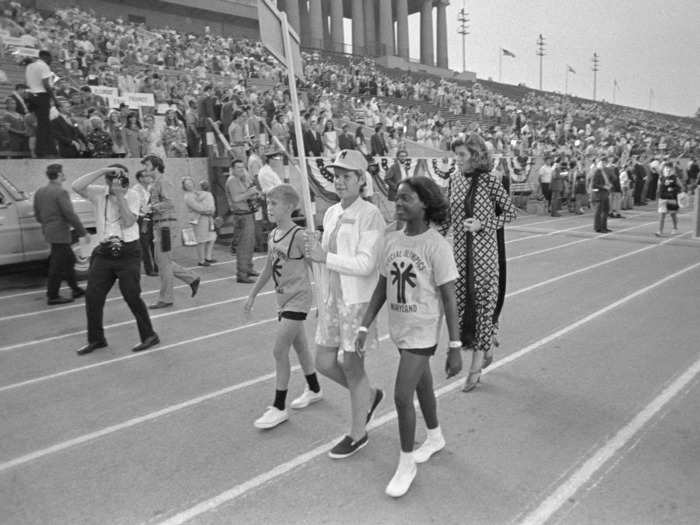
In her opening address, Shriver said, "The Chicago Special Olympics prove a very fundamental fact, the fact that exceptional children with mental retardation can be exceptional athletes, the fact that through sports they can realize their potential for growth."
A teenager lit a 45-foot tall flame called the "John F. Kennedy Flame of Hope."
Sources: NPR, New York Times, Guardian, Special Olympics, Special Olympics, Chicago Magazine
The first event had 1,000 participants from 23 different states and Canada. They competed in track and field events as well as swimming and hockey.
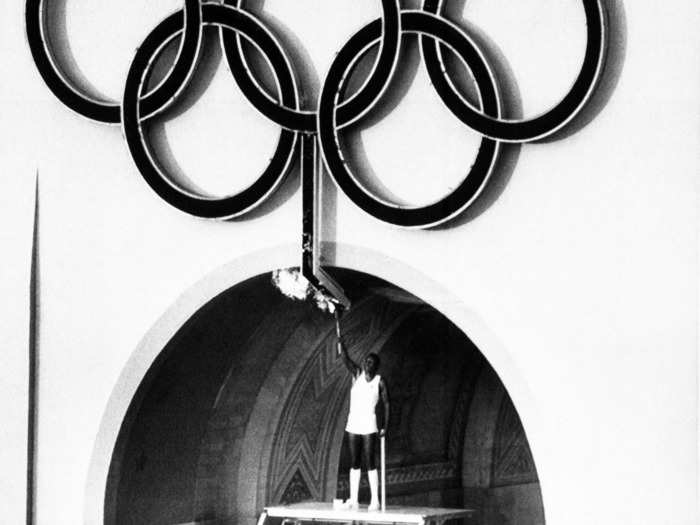
Sources: NPR, New York Times, Guardian, Special Olympics, Special Olympics, Chicago Magazine
The stands only had a few hundred fans though. Back then, Shriver believed parents didn't comprehend it was OK to be proud of their kids.
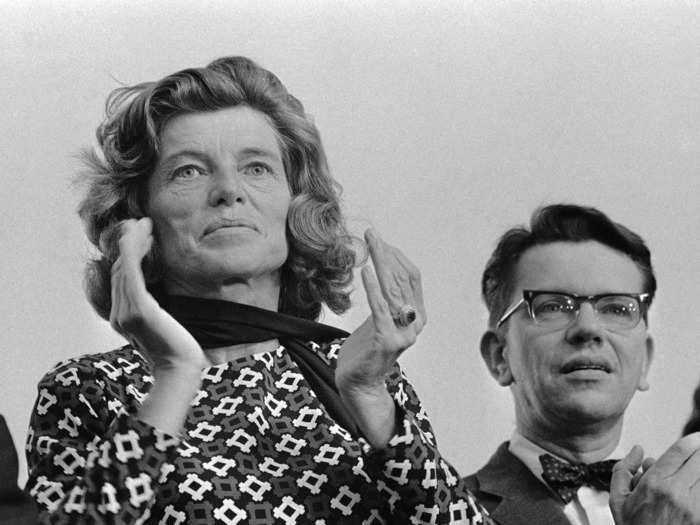
Sources: Smithsonian Magazine, USA Today, Washington Post
Afterward, Mayor Richard J. Daley of Chicago said to Shriver, "Eunice, the world will never be the same after this."
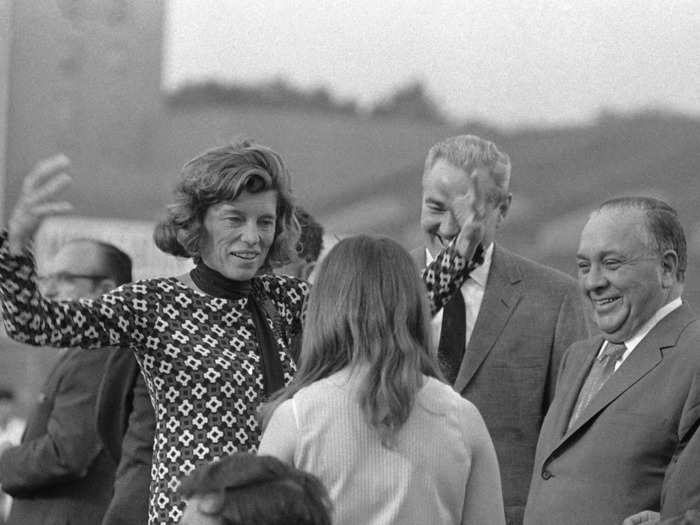
Source: Special Olympics
From then on, the Special Olympics was held every two years. The success of it helped change how people with disabilities were perceived.
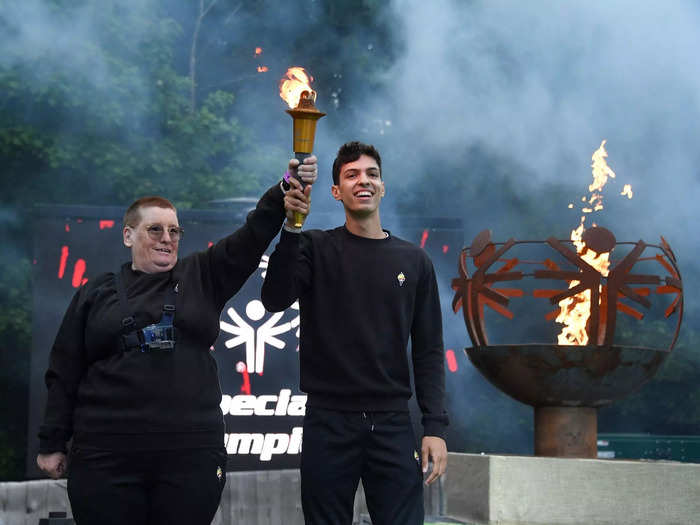
Sources: Guardian, Chicago Magazine
Yet despite the success and the clear connection between her work and what had happened to her sister, Shriver continued to claim Rosemary had nothing to do with the Special Olympics.
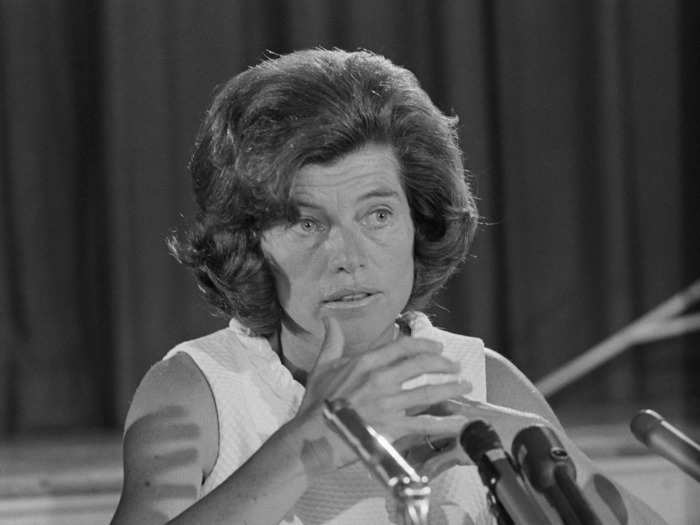
She told the Los Angeles Times, "Certainly, if you have a sister who learns slowly, you are obviously aware of certain things — insights that you wouldn't have if you never had a sister who is slow to learn. But would I have gone into this for her, and do I run around for her? No."
McNamara, her biographer, said she thought "there was some guilt that she was complicit in some way in letting Rosemary languish far from home."
Lawrence Leamer, author of several Kennedy biographies, wrote in HuffPost that after repeatedly asking her whether Rosemary had inspired her work, Shriver said, "You know maybe you're right, maybe there's something there but I just can't see it."
Sources: New York Times, Special Olympics, PBS, HuffPost, Los Angeles Times
Regardless, the Special Olympics continued to grow. In 1977, it began to include the Winter Games, and in 1988, the International Olympic Committee officially recognized the Special Olympics.
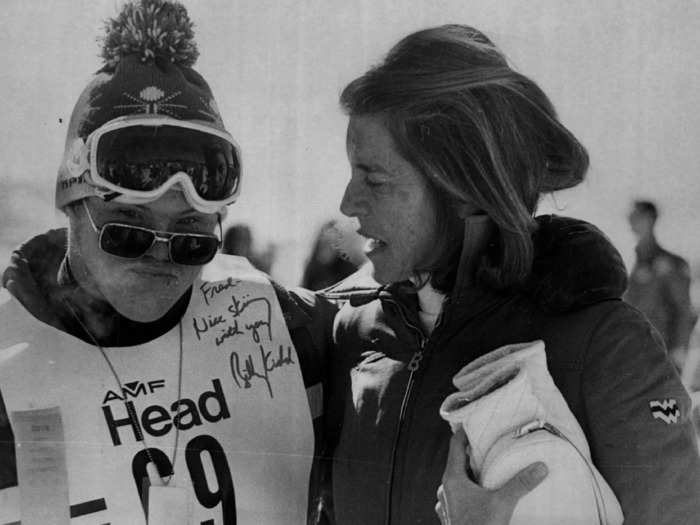
Source: Christian Science Monitor
The organization later broadened into public health after athletes kept trying to compete while dealing with medical issues. In 1995, about 15% of the athletes had teeth or vision problems so acute they had to go to straight to the ER.

Source: New York Times
In 2015, the Special Olympics in Los Angeles had crowds of more than 500,000 people.
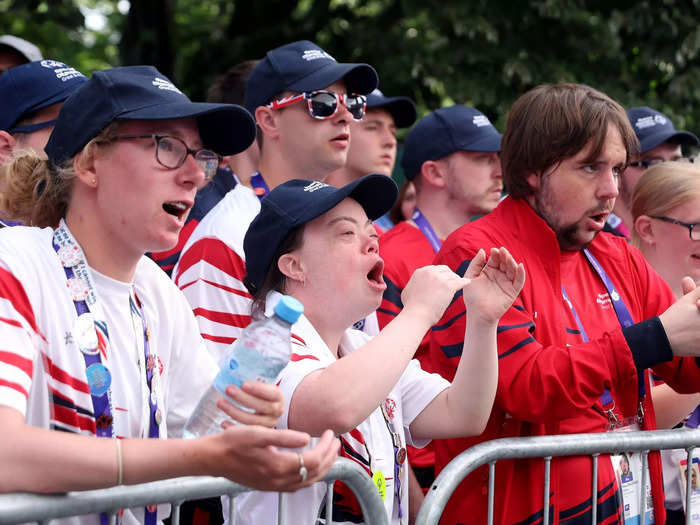
By 2018, the Special Olympics had 5.7 million participants in almost 180 countries.
Sources: New York Times, History, Pacific Standard Magazine
Shriver died in 2009. In 2017, she was posthumously awarded the Arthur Ashe Courage Award for her work.
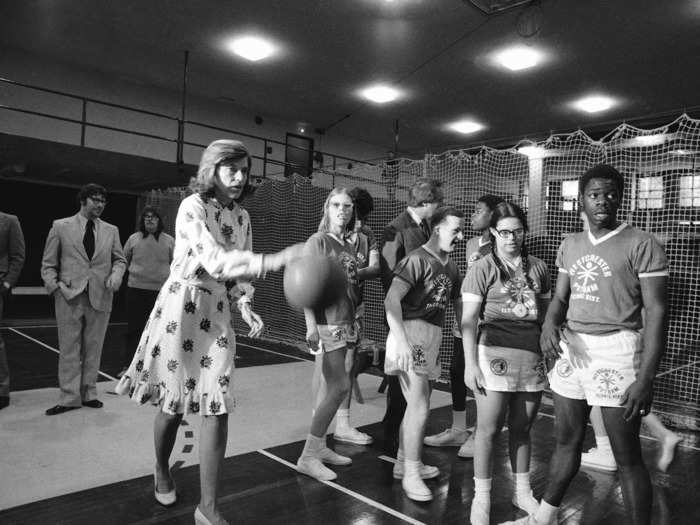
Her son, Tim Shriver, who is now the Special Olympics Chairman, received the award on her behalf.
"My mother knew one thing," he said. "She knew that the athletes of Special Olympics have the same dedication, the same commitment, the same guts, and they deserve the same glory of any other athlete."
"Anyone who knew my mother knew that she didn't just love to compete, she loved to win," Tim Shriver said.
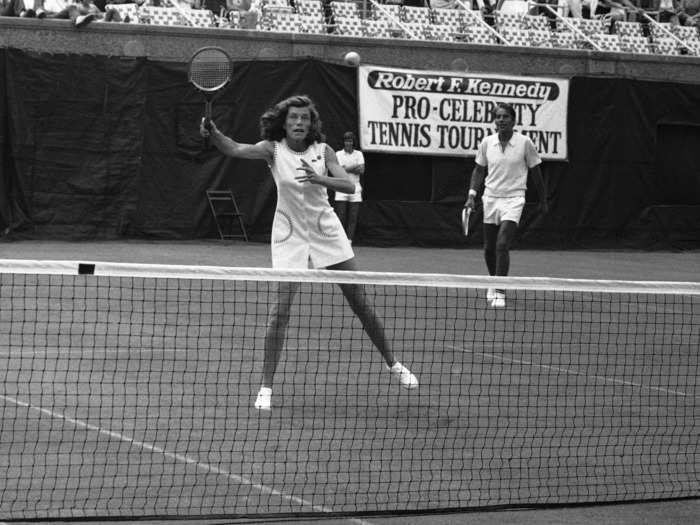
Source: WCVB
Popular Right Now
Popular Keywords
Advertisement